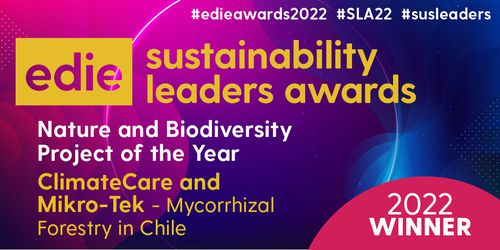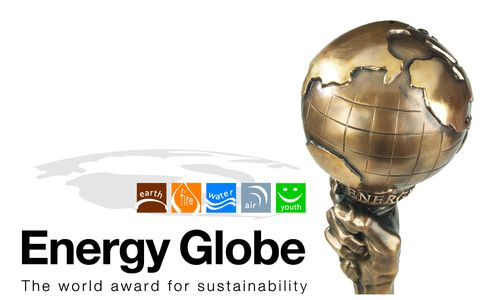
IWD: Q&A with the Senior Management Team
We chat to our Senior Mangement Team about the importance of International Women's Day and what it means to them.
Read more
Celebrating women leading on climate action
From female leaders driving change in the corporate world, to the incredible women on the front line, we are shining a light on these inspirational individuals.
Read more
Latin America: The potential for the voluntary carbon market
Kristina Díaz Paterson, project sourcing lead America, discusses the potential of the Voluntary Carbon Market in Latin America.
Read more
Sea-questration: Exploring the role our oceans play in removing carbon
How much do we really know about our ocean? And why does it matter in the fight against climate change and protecting biodiversity?
Read more
Clean cookstoves, a climate justice solution
Why we must think about climate hand-in-hand with public health, gender equality and biodiversity.
Read more
The “net” in net zero
Net zero is not a passing trend – now is the time to demonstrate action, results and impact.
Read more
To understand carbon markets, think diamonds not gold
To illustrate the characteristics of a carbon credit that can determine its price, we introduce the four C’s of carbon credits.
Read more
Innovation in carbon markets: The good, the bad, and the ambiguous
As carbon markets grow and innovate how can Web 3.0 be harnessed in a positive way to build scale and impact?
Read more
Measuring carbon reductions in Kenya: An interview with Sally Gakii
Hear from one of our technical experts working on the Aqua Clara project in Kenya.
Read more
Q&A with our technical experts
Hear how our team of industry-leading project experts respond to changes in corporate demand, keep a pulse on the latest carbon market trends.
Read more
A wine lover's guide to the voluntary carbon market
Just as no two bottles of wine are the same, those with decades of experience in the VCM believe no two carbon projects are the same.
Read more
Understand the carbon market in one number
We emit around 50 billion tCO2e into the atmosphere each year. Supporting emission reduction projects is a great way to reduce this as quickly as possible.
Read more









